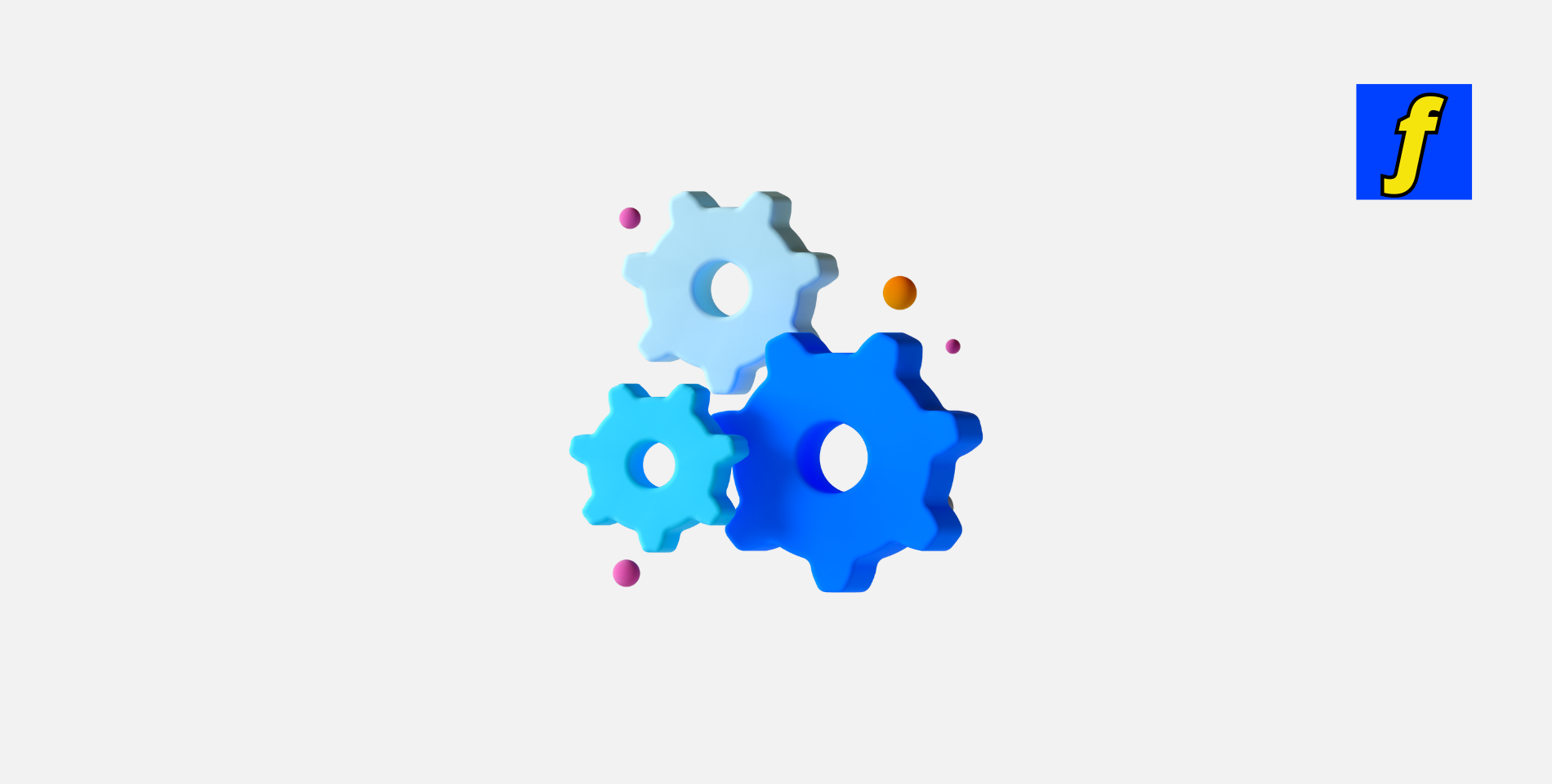Efficiency and consistency are essential for success. With increasing demands and collaborative workflows, designers require tools that simplify the process while maintaining quality. This is where Figma components shine.
In this comprehensive guide, we’ll explore how Figma components can transform your design process, from ensuring consistency to improving collaboration and reusability.
What Are Figma Components?
Figma components are reusable design elements that streamline workflows and maintain uniformity across projects. Instead of manually replicating elements like buttons, icons, or cards, components allow you to create a single master element that updates across all instances when edited.
Key Features of Figma Components:
- Consistency: Uniform design elements across multiple files.
- Scalability: Easily adaptable to projects of any size.
- Centralized Updates: Make a change to the master component, and all instances reflect the update automatically.
By leveraging Figma components, you ensure your designs remain cohesive, professional, and easy to iterate on.
Ready to take your designs to the next level?
Looking for expert guidance on creating stunning designs? At Flow & Design, we offer professional web design services tailored to your needs. From concept to launch, we bring your vision to life. Get started today!
How to Create Figma Components
Step-by-Step Guide:
- Select an Element: Choose the design element you wish to make reusable.
- Right-Click and Convert: Right-click on the element and select “Create Component.”
- Name Your Component: Give it a meaningful name for easy identification.
- Start Using It: Drag and drop the component into your designs as needed.
Components can be updated centrally, saving time and effort. For example, if you change the color or size of a button in the master component, every instance in your project updates instantly.
Organizing Figma Components
Effective organization of components is crucial for maximizing their benefits. Figma provides tools for grouping components into libraries for easy access and categorization.
Tips for Organization:
- Use Libraries: Store frequently used components in shared libraries for team-wide access.
- Categorize by Function: Group components into folders like buttons, icons, and cards for faster navigation.
- Naming Conventions: Use descriptive names to make components easy to identify.
A well-organized design system saves time, enhances collaboration, and ensures consistency across projects.
Benefits of Using Figma Components
1. Consistency Across Designs
Components help maintain a cohesive look and feel across all projects, ensuring that design language stays intact.
2. Improved Efficiency
Updating one component reflects changes across all instances, saving hours of manual edits.
3. Streamlined Collaboration
Figma’s real-time collaboration allows team members to work simultaneously, using shared components without conflicts.
4. Reusability Across Projects
Design elements like navigation bars, buttons, and forms can be reused, reducing redundancy and speeding up workflows.
Best Practices for Figma Components
Start with a Design System
Establish a design system that includes commonly used components. This serves as the foundation for scalable and consistent projects.
Use Variants
Variants allow you to create multiple versions of a component (e.g., primary and secondary buttons) while keeping them linked to the master component.
Maintain Clean Layers
Organize component layers logically and label them descriptively to keep your files clean and accessible.
Incorporate Feedback
Use Figma’s collaboration tools to gather input from stakeholders, ensuring components meet project requirements.
Common Mistakes When Using Figma Components
Over-Nesting Components
Creating components within components can make your designs overly complex and challenging to update. Avoid unnecessary nesting unless absolutely needed for scalability. Instead, keep your components as flat as possible to maintain simplicity and clarity.
Neglecting to Use Variants
Variants streamline the management of similar components, such as buttons with different states. Without them, you might end up duplicating components unnecessarily, leading to inconsistencies and extra work when updates are needed.
Poor Naming Conventions
Disorganized libraries with vague or inconsistent naming conventions slow down your workflow and confuse team members. Use clear, descriptive names like Button/Primary/Enabled to make finding and editing components easier.
Failing to Document Component Usage
Without proper documentation, team members might misuse components, leading to inconsistencies across designs. Include usage guidelines and instructions in your component library to ensure everyone understands their purpose and limitations.
Figma Components for Responsive Design
Using Auto Layout for Fluid Designs
Leverage Figma’s Auto Layout feature to create components that adapt to different screen sizes. Auto Layout ensures that elements within a component resize or reposition dynamically when the container changes.
Creating Responsive Variants
Design responsive Variants for common elements like buttons, menus, and cards. For instance, a button component might include different sizes (small, medium, large) or orientations (horizontal, vertical).
Testing Across Breakpoints
Use Figma’s canvas to create frames for desktop, tablet, and mobile views. Test how your components behave across these breakpoints to ensure seamless adaptability in real-world scenarios.
How to Transition to Figma Components from Other Design Tools
Steps to Convert Symbols into Components
If migrating from tools like Sketch or Adobe XD, begin by importing your existing design assets into Figma. Convert symbols or design elements into Figma components using the “Create Component” option.
Tips for Organizing Assets
Group similar components into folders or libraries, and use naming conventions for clarity. This organization will save time and make it easier for team members to locate and reuse components.
Overcoming Common Challenges
Transitioning to Figma may reveal inconsistencies in your old assets. Take this opportunity to standardize elements, clean up layers, and implement Variants for better scalability in Figma.
Advanced Techniques with Figma Components
Nested Components for Scalability
Build complex designs by nesting smaller components within larger ones. For example, a button component can be part of a larger card component, making it easier to update individual elements without disrupting the whole design.
Combining Auto Layout and Variants
Use Auto Layout alongside Variants to create dynamic components that adjust spacing, alignment, and padding based on content. This is particularly useful for form fields, buttons, and responsive grids.
Creating State-Based Variants
Design Variants for different states, such as hover, active, and disabled. This allows you to prototype realistic user interactions without duplicating components unnecessarily.
Figma Plugins That Enhance Component Usage
Instance Finder
Quickly locate and update instances of components throughout your design files. This plugin saves time when making global updates or finding outdated components.
AutoFlow
Streamline your prototyping process by using AutoFlow to visually link components and screens. It simplifies interaction mapping and ensures logical flow in your designs.
Master Component Relocator
Reorganize your component libraries with ease using this plugin. It helps you move master components to centralized locations without breaking existing instances.
Design Systems Built with Figma Components
Key Elements of a Design System
A robust design system includes typography, color palettes, grids, icons, and reusable components. Figma’s components and Variants make it easy to standardize and maintain these elements across projects.
Examples of Popular Design Systems
Explore well-known design systems like Material Design and Apple’s Human Interface Guidelines. These systems showcase how components, grids, and styles come together to create cohesive user experiences.
Documenting Design Systems in Figma
Use Figma’s collaboration features to create shared libraries and documentation. Include guidelines for using components, Variants, and styles to ensure consistency across teams and projects.
Conclusion
Figma components are a game-changer for designers, offering unparalleled efficiency, consistency, and collaboration capabilities. By mastering the use of components, you can elevate your design workflow, deliver high-quality results, and reduce redundant tasks. Whether you’re managing small-scale projects or building comprehensive design systems, Figma components are an indispensable tool.
Start Your Figma Journey
Master the art of design with Figma. Sign up now to explore Figma’s powerful features!




